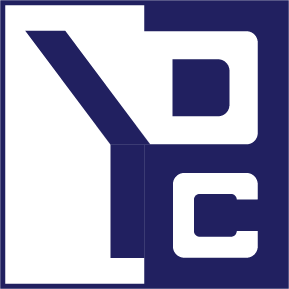Speaker : Daniel Kogan
The new model (Search driven) is about improving the way publishing compared to what was done so far. Search engine can crawl a lot more content than just SharePoint can do. Content can be published wherever it is located. It is also a way to separate the content from the presentation.
Search driven is not about searching for content. It is assembling pages based on the search. SharePoint and external will be crawled to build the index. Some libraries can be declared as a catalog, meaning that their content can be used cross site collection. On the publishing side, there is the term store, the content search web part, managed navigation and publishing pages. Indexed content is published through the webpart framework and the page framework. The idea is also to propose new content to the user, based on previous requested content.
Content Search Web Part
The CSQP executes a search query. The content is skinned for the presentation. The query can be set in a way to return 1 or more result. Therefore, it can be used to display a single article as well. The CSQP can also take parameters, like the term where the user navigated, to drive the search query. One little issue with the CSQP is the search latency. If a 2-minutes crawl latency is an issue, then CSWP is not the good candidate. When editing a page, two choices are proposed. Either the page template or only for a given article or URL. Editing the page for one article will create an individual instance of that page. The CSQP proposes a query builder to set the query itself, and also the refiners and sorting settings. Queries are relying on the managed properties. Query Rules manipulate the way we want to return the result.
Display Templates
They are HTML and Javascript. They take the search query result and display it using a given look-and-feel. Publishing content and display templates are going hand-in-hand. One of the display template presented is the Slideshow template.
Query Builder
It is a UI based query tool to create queries on the index. It is for information worker.
Query Rules
They are pretty technical and little bit more complex in terms of management. They allows to trick the query result, based on the, for example, user. It is more for information architects. They are available from the Site Settings page. Query rules can be stopped. It is in the CSQP that it is set whether the Query Rules should be used or not.
Content Catalog
3 steps : go in a catalog and enable it, or a new site catalog (site template); indexing, connection. The search index will “advertise??? the catalog. The Manage Catalog Connections page displays the list of catalog available. Connecting asks several questions before making the link to the catalog. On the library side, catalog has to be enabled, what kind of filter could be used and some other settings.
Managed Navigation
Hierarchies are now a bit different from what was in SP2010. The intended use of the managed terms has been extended for the navigation. Selecting a term set in the term store offers more option, such as the purpose of the term set to be used for navigation. Hierarchies can be different from site collection to another. It is possible to assign a specific page for a given term. Custom properties are now exposed in the UI. In the navigation, Managed Navigation can be selected, needing a term set to use for the navigation.
Cross Site Publishing
The goal of XSP is to author the content somewhere, and to use it from any other SharePoint publishing environment. XSP is not content deployment. Content deployment moves content or artifacts, but not XSP. XSP really reuses the content, staying at the same storage location. It requires the publishing feature to be enabled and the catalog. It can be used when dealing with multilingual environments.

0 Comments